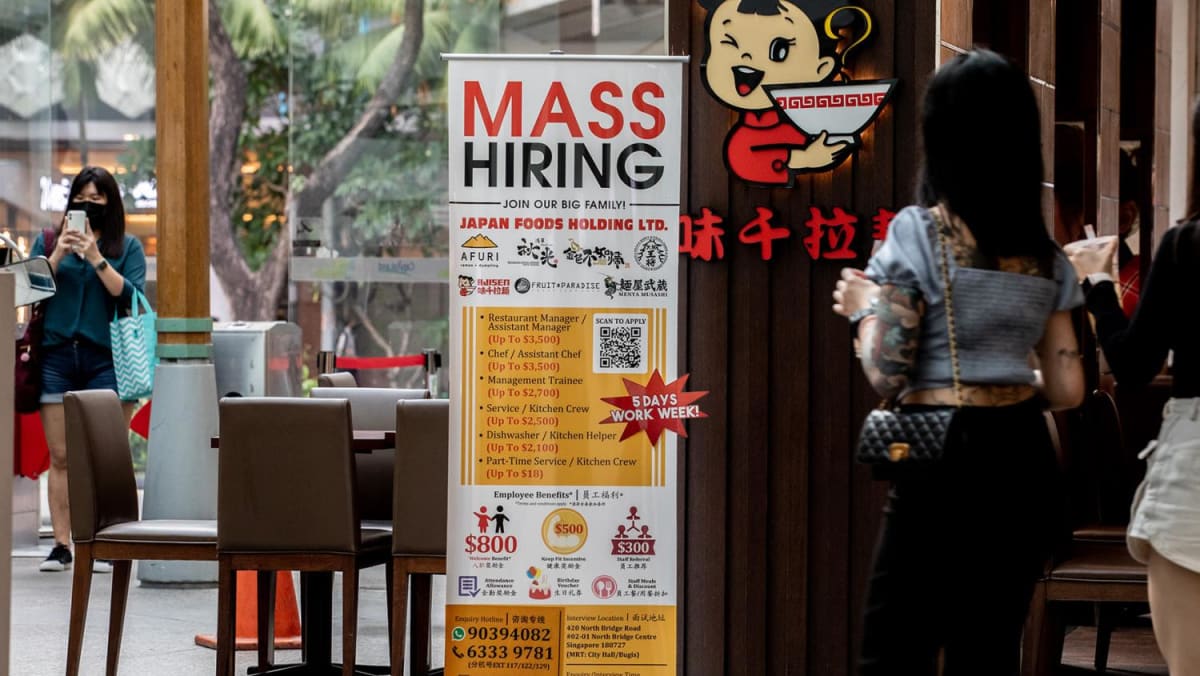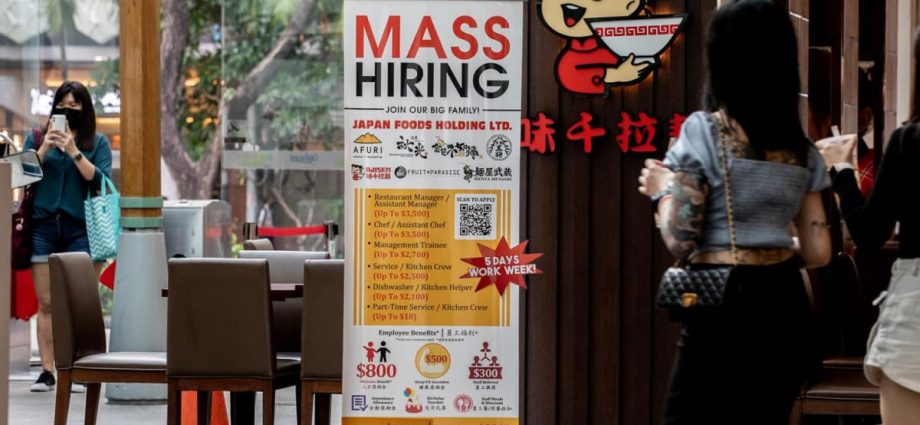
THE RISE OF CLOUD KITCHENS
Alternately, restaurants can create other revenue sources to increase staff salaries and keep profit margins stable. While a common alternative revenue stream is to include a retail portion in the restaurant without retrofitting the floor plan, allocating space for retail can be almost impossible for restaurants already in operation.
Another option for restaurants is to open a restaurant without a physical storefront. Cloud kitchens, also known as ghost or virtual kitchens, are becoming incredibly popular due to the growing presence of food delivery services.
According to Allied Market Research, the cloud kitchen industry’s value is expected to increase from to US$29.4 billion in 2020 to US$112.7 billion by 2030, with a compound annual growth rate of 13 per cent from 2021 to 2030.
In Singapore, food delivery services such as GrabFood, Deliveroo and Foodpanda have already set up ghost kitchens across Singapore, with each kitchen offering items from multiple eateries. While a restaurant retains its original concept for dine-in customers, they can offer a second version or a different concept solely for delivery platforms.
Cloud kitchens not only provide an alluring alternate revenue stream, but expand the geographical reach of a restaurant. They have less of a start-up cost compared to opening a new physical branch.
Singapore’s culinary scene can only remain vibrant if employees earn a competitive wage and have good work-life balance. Restaurants must continue exploring technological solutions to entice F&B employees into the industry.
Dr Guy Llewellyn is Assistant Professor at EHL Hospitality Business School.

